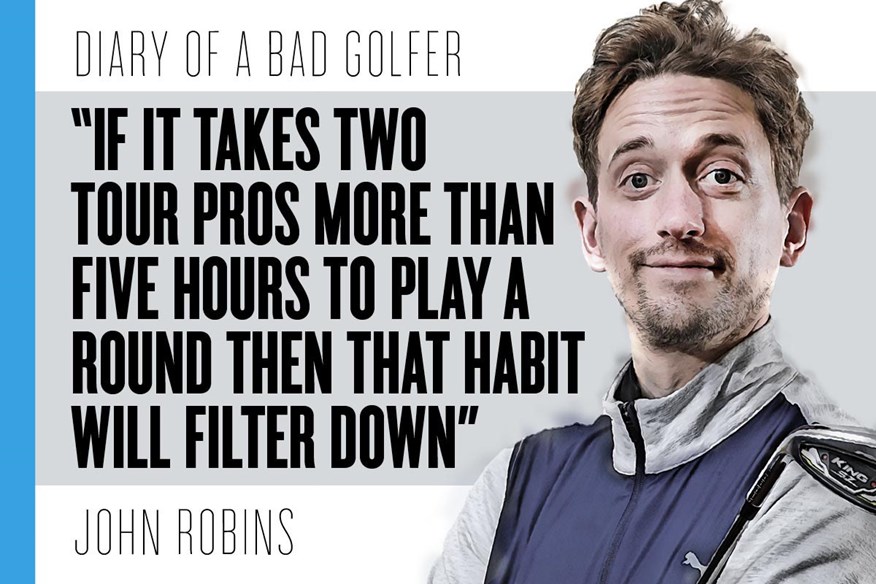Bad Golf’s John Robins: “Solving slow play is simple…”
Last updated:
In his exclusive Today’s Golfer column, award-winning comedian, BBC Radio 5Live host and Bad Golfer John Robins tackles one of golf’s biggest issues – slow play – and thinks he’s come up with the solution.
Slow play. It can be a bit of a mystery to the new golfer. In fairness, when your entire brain is focused on getting the ball in the air there’s not much room to be worrying about how quickly you’re doing it. But the deeper you go into a golfing life, the more it will rear its ugly head. Club message boards, committee meetings, WhatsApp groups, it’s probably the most discussed topic in club golf.
JOHN ROBINS: How I shot my lowest-ever golf score
While we spend time working on our tee box tea-pots and firing balls a little too close to the group in front as they faff around seemingly unaware that anyone else in the world exists, it seems that we spend very little time actually doing anything practical to solve the problem.
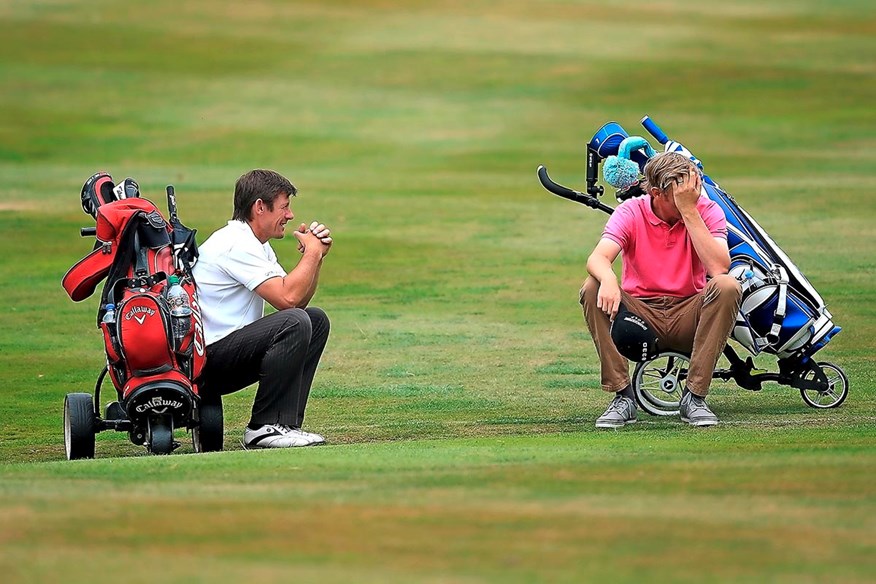
Perhaps this is what inspired European Tour chief Keith Pelley to brainstorm some ideas about how to address slow play. Whether it’s banning practise swings, limiting players to two and a half hour two balls or promoting golf sixes, all of these novelty solutions share one problem: they make no real difference to slow play in golf’s most sacred format: the 18 hole fourball.
Each of his initiatives mean you have to set aside little chunks of the day for people who want to whizz round, because it’s no good having a two ball playing six holes with no practise swings and the pin in if they end up butting up against a fourball playing at a perfectly reasonable pace.
Personally, if you want to whizz round in the open air for an hour on your lunch break, I don’t think a golf course is the place to do it. It’s not designed for that. If there is a market for it then surely six-hole courses are the perfect solution. A few have popped up and would be ideal for inner-city areas where there is a short supply of space and a vast supply of lunch breaks.
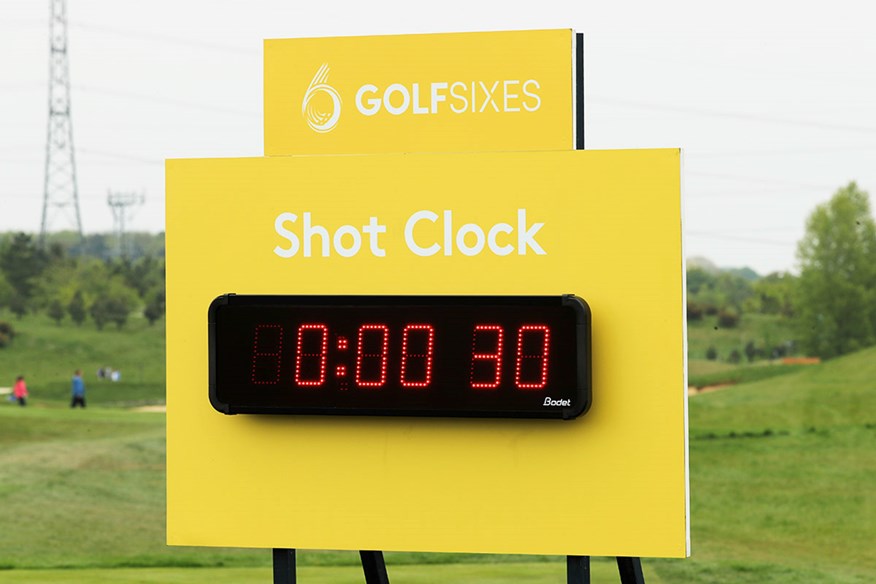
There are few worse feelings on a golf course than being rushed when you’re not doing anything wrong and it’s important to make a crucial distinction for newer golfers (and some more experienced ones!). Being bad at golf is not the same as slow play. And this is proved by the fact that some of the greatest players on the planet are amongst the slowest.
I don’t mind being stuck behind someone duffing their drive, punching out of trees, losing a ball, chunking their iron and four putting all on the same hole. That’s golf. There but for the grace of Golf go I! Just do it at a reasonable pace and let others through if you have that sinking feeling that it’s going to be one of those days.
I’d much rather wait for some poor soul to finish a ten than watch someone faff about for an age over a par putt. The former is not breaking the rules, the latter is. And as long as we bemoan the hacker and celebrate the ponderous pro, the problem will remain.
RELATED: Bad Golf: “We’ll always be sh*t at golf, but we love it!’
If we want club golfers to play faster then tour players cannot keep getting away with slow play. Regardless of the tournament’s gravitas or amount of money on the line, our idols have to set the standard of reasonable pace just as they do in every other area of the game.
If it takes a professional two ball, with their skill (and caddies) more than five hours to complete 72 shots then the bad habits will continue to filter down. Why are the Tours happy for perfectly innocent, respectful and speedy players to have their games affected but not willing to impact the games of those who push the rules? If the Tours crack down and start making examples of the big-name snails then the rest of us will follow suit. And none of these tiny fines that are pocket change to the superstars. Punish them by adding shots to their score and you also punish them financially. Win-win.

Have you ever tried taking three minutes over a putt? I have no idea what I actually do with the time. Maybe catch up with my correspondence? Clean my clubs a couple of times? Copy my scorecard out in my best calligraphy?
Golf doesn’t need reinventing to tackle slow play because the solutions are already written down in the rules. We either don’t know them or don’t enforce them and neither of these is acceptable.
RELATED: Golf World’s Top 100 Courses in England
This is why we need to start teaching people not just how to swing a club, but how to play golf. So much that is vital to being a good golfer cannot be taught on the range, and unless you have a particularly clued-up mentor who introduces you to golf there are essential parts of the game, such as course management, rules and etiquette, that you could easily spend a lifetime not employing. Not because you’re lazy or inconsiderate but because no one ever taught you.
Etiquette shouldn’t be a set of old-fashioned principles designed to make people feel unwelcome at a golf club, but rather a code that allows everyone to enjoy their game, whether it’s you, your playing partners or the group teeing off three hours behind you. Like unrepaired pitch-marks and footprints in bunkers, slow play is inconsiderate – the cardinal sin of golf. Like a friend who’s always late, it is behaviour that says ‘your time is worth less than my effort’.
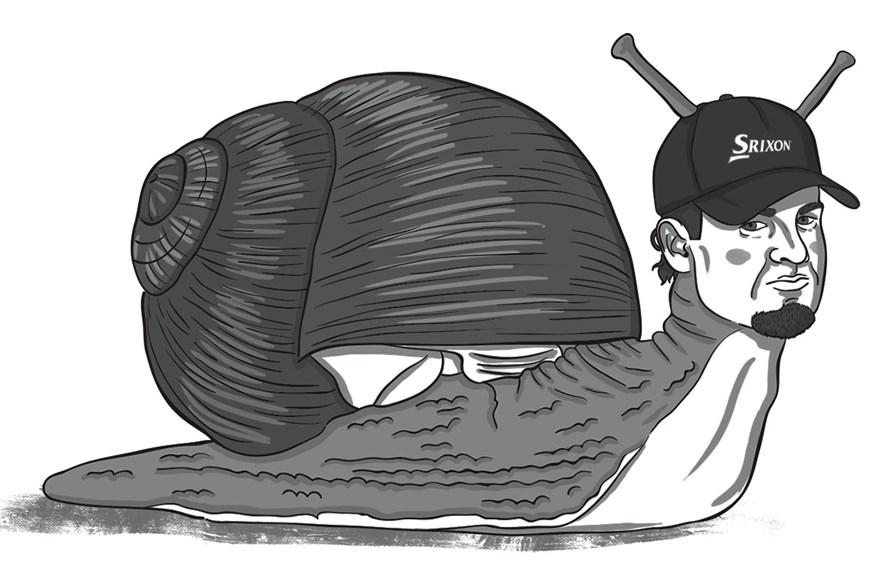
Over the past four years, I’ve picked up a few hints by a mixture of observation and being told off. This seems to be how we all learn and it’s not very efficient. Maybe we need something akin to the cycling proficiency test in golf! So, if you are a newer golfer here are some tips I’ve picked up along the way. I may be singing to the choir, but no one ever sat me down and told me these, and some of you reading may be in the same position.
Firstly, when you place your clubs by the green do it on the side you’re going to exit from. The first thing you look at on the green shouldn’t be your ball but where the next tee is.
And speaking of that next tee, that’s also where you mark your card. I’ve definitely been guilty of pulling out my card on the fringe and that’s an absolute no-no.
RELATED: How the World Handicap System works
Playing ready golf is now a rule outside of matchplay and the planning of your next shot should start when you finish your last, not just when it’s your ‘turn’. You have 50 seconds to take that turn and just because you have a rangefinder, a fancy watch and an app to help you chose your shot doesn’t give you any longer – you can be getting all of the information you need while your playing partners play. This is equally relevant to putting. You should be using every piece of information from your partners’ putts to make sure that when you approach yours there’s very little sizing up to do.
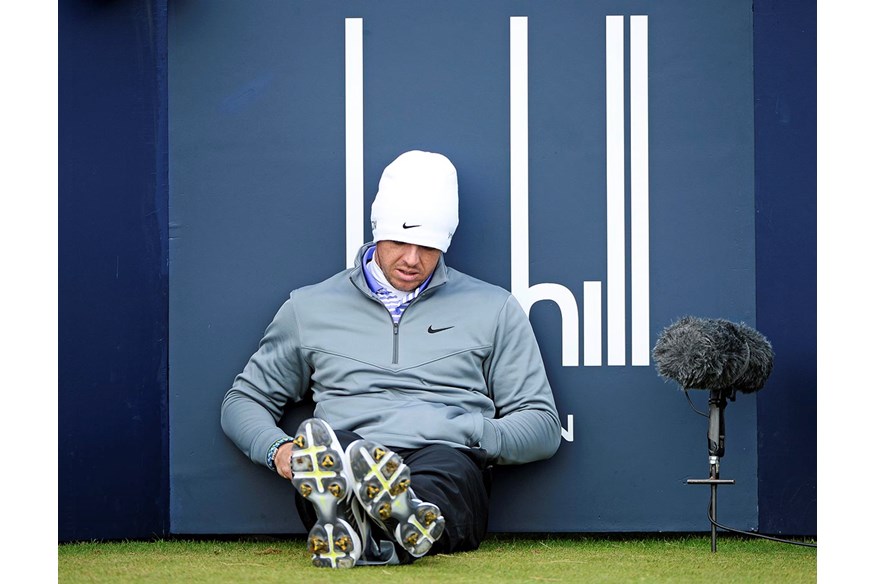
You have three minutes to look for a ball. In an ideal world, that’s one person taking three minutes, not four players taking three minutes (twelve minutes of playing time total). Of course, we all help our partners search if it means we might find the ball quicker, that helps speed things up. But four golfers trampling through brambles to find a ball three of them know will be unplayable before trudging back to their bags is a waste of time.
And if you’ve even the slightest hunch you might be bramble-bound, make sure you play your provisional. I’m a fan of the new local rule where you can drop for a two-shot penalty if your ball is inexplicably lost, it saves time, but I can understand clubs not employing it, as it shouldn’t be needed if we’re always playing a provisional!
We should also be playing off the correct tee for our abilities. Removing the stigma from the ‘forward’ tees (not ladies’ tees!) means that, alongside the handicap system, none of us is playing a course layout that is too far beyond our ability.
This is especially relevant for people who are brand new to golf. There are a few equations to help you choose the right tee, one is to pick a tee that has a course distance equal to 36 times your average 5-iron length. Or, if any of the par 3s are out of reach then move to the tees that bring them into play.
There’s an awful lot of ways to speed up the game without rocket-powered buggies, shot clocks and crazy new rules. But it’s also important to remember that games of golf inevitably concertina from time to time. Just because you’re waiting on the tee doesn’t mean someone has done anything wrong. It could simply be that some poor sod is having an absolute nightmare in the round they’ve looked forward to all week, and who can honestly say they haven’t been there? If you’re too impatient you know exactly what the golf-gods have in store for you!
RELATED: Read more of John Robins’ columns, here

WITB: Bad Golf’s John Robins
Click the club names to read reviews and tests of John’s clubs
Driver: Cobra King Speedzone Xtreme Loft: 10.5º set to 11.5º. Shaft: Tensei blue 65 reg
Hybrid: Cobra King Speedzone Loft: 2H. Shaft: Recoil reg
Irons: Cobra King Speedzone Lofts: 5-GW. Shafts: Recoil reg
Wedges: Cobra King MIM Lofts: 52º, 58º. Shafts: STD wedge shaft
Putter: Odyssey O-Works 2.0 R-Line
Golf ball: Bridgestone E6
Apparel: Puma
John Robins is an award-winning stand-up comedian and radio host. Listen to his BBC Radio 5Live show every Friday from 1pm or download the podcast here and watch his comedy special ‘The Darkness of Robins’ on Netflix here. You can also follow John on Twitter and Instagram.
For more from Bad Golf, subscribe to their YouTube channel or follow on Twitter and Instagram.
-
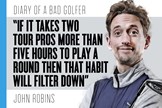 Bad Golf's John Robins discusses the issue of slow play.
Bad Golf's John Robins discusses the issue of slow play.
-
 Bryson DeChambeau checks the yardage, weather, moisture, betting odds, soil type and reads Catch 22 before his next shot.
Bryson DeChambeau checks the yardage, weather, moisture, betting odds, soil type and reads Catch 22 before his next shot.
-
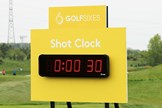 Could golf see more new formats to speed up play?
Could golf see more new formats to speed up play?
-
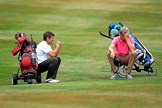 A pair of golfers sit and wait to play their next shot.
A pair of golfers sit and wait to play their next shot.
-
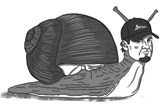 J B Holmes is one of golf's slowest players.
J B Holmes is one of golf's slowest players.
-
 Bad Golf's John Robins with his Cobra golf bag.
Bad Golf's John Robins with his Cobra golf bag.
-
 Rory McIlroy looks fed up as he has to wait on a tee at the Dunhill.
Rory McIlroy looks fed up as he has to wait on a tee at the Dunhill.
